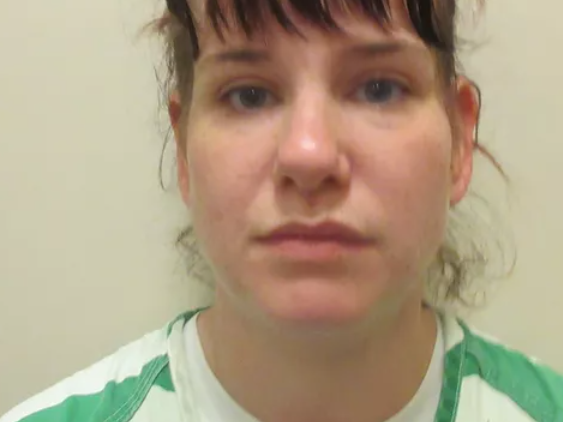Vladimir Putin isn't simply leading Russia – he's operating from the shadows, concealed within a network of meticulously crafted illusions. A recent investigation reveals a startling pattern: the Russian president appears to be working from at least three nearly identical offices, strategically located across the country.
These aren't accidental similarities. Researchers painstakingly analyzed over 700 Kremlin videos, uncovering a deliberate deception. Appearances officially labeled as originating from Novo-Ogaryovo, near Moscow, were frequently traced back to the Valdai residence, a remote location 250 miles northwest of the capital.
The clues were subtle, yet damning. Investigators focused on minute details – the shape of thermostats, the precise placement of door handles, and the unique decorative lines adorning the walls. Leaked travel itineraries of state TV crews corroborated the findings, confirming journeys to Sochi and Valdai on dates when official captions claimed Putin was “near Moscow.”
The tactic evokes a chilling parallel to Saddam Hussein’s reign, according to independent sociologist Konstantin Gaaze. He points to the creation of multiple, identical rooms and hidden residences as a hallmark of extreme control and paranoia. This isn’t merely about appearances; it’s about safeguarding the leader at all costs.
Valdai, nestled within a dense forest, offers a natural advantage. Its isolation and challenging terrain make it significantly easier to protect with advanced air-defense systems like the Pantsir-M, far more so than the Kremlin or Moscow suburbs. Security is paramount, and location is key.
Novo-Ogaryovo, Putin’s official estate since the early 2000s, remains heavily fortified with high walls, helipads, and underground shelters. However, since the invasion of Ukraine in 2022, sightings of Putin at this location have become increasingly rare.
Satellite imagery and investigative reports now suggest Valdai has become his primary command center. The fortified lakeside complex, hidden amongst the forests between Moscow and St. Petersburg, provides a level of seclusion and security previously unattainable.
Even Putin’s coastal residence in Sochi, once a favored retreat, has seen diminished use since Ukrainian long-range drones began reaching Russian territory. The increased risk has prompted a shift towards Valdai’s greater distance and natural cover.
The construction of these mirrored offices was a gradual process. Novo-Ogaryovo’s original was completed around 2015, followed by a replica in Valdai by 2018, and another in Sochi by 2020. Each boasts the same beige color scheme, identical furniture, and the ever-present Russian flag behind Putin’s desk.
This duplication isn’t about practicality; it’s about maintaining the illusion of a single, stable center of power. The Kremlin aims to project an image of unwavering control, even as the reality is far more fragmented and secretive.
Russian opposition politician Maxim Katz believes this behavior stems from an all-consuming obsession with personal safety. He suggests Putin fears potential strikes from NATO or Ukraine, a logical concern for someone with a background in the KGB.
Katz draws a direct line between this paranoia and Putin’s conduct during the COVID-19 pandemic. Ministers and prime ministers were forced into weeks of isolation before being granted an audience, and the infamous long table with Emmanuel Macron vividly illustrated Putin’s fear of infection.
Putin consistently avoids proximity to the front lines or any areas within reach of Ukrainian forces. He prioritizes his safety above all else, meticulously minimizing risks and maintaining a carefully constructed distance from potential threats. This isn’t leadership from the front; it’s command from the shadows.






